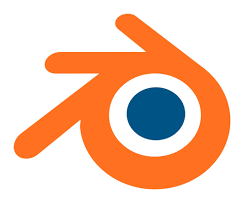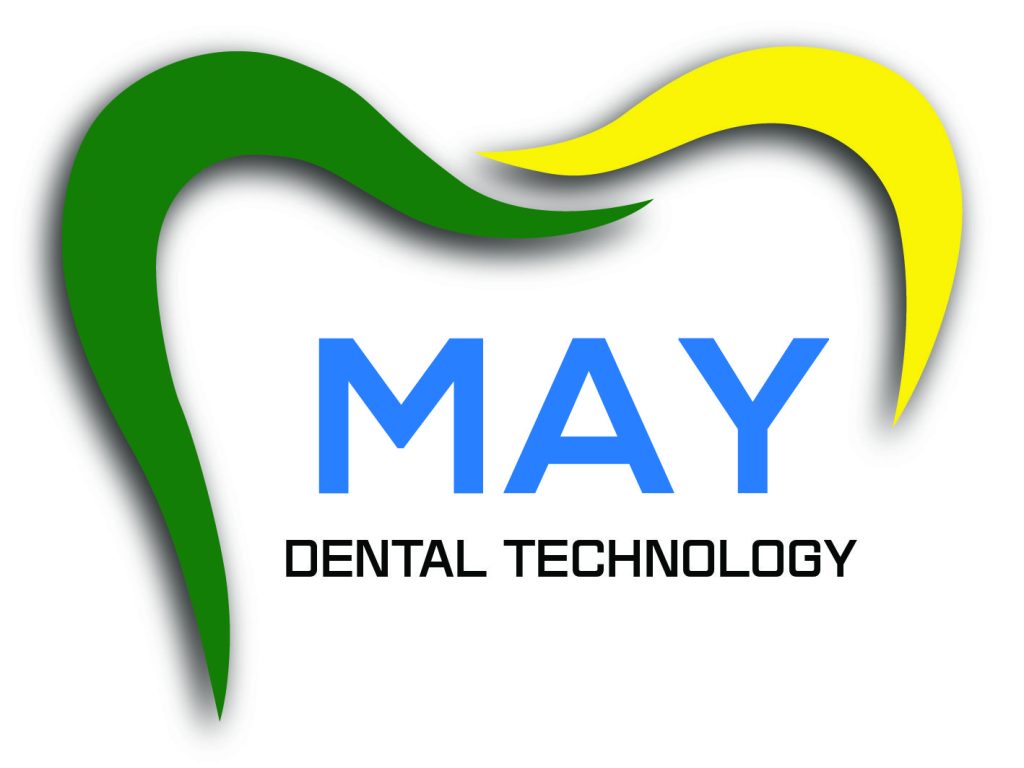
1. What is Blender?
-
Blender is a free, open-source 3D creation software.
-
Originally designed for animation, modeling, rendering, and game design, but its powerful mesh editing tools make it suitable for engineering, manufacturing, and dental CAD when paired with the right add-ons.
-
Works with STL, OBJ, PLY and many other file formats used in 3D printing and milling.
2. Why Blender in Dentistry?
Blender itself is not a dental-specific CAD like Exocad or 3Shape, but Blender for Dental (or custom dental add-ons) adapts it for dental workflows:
-
Cost-effective – completely free core software, only dental add-ons may cost money.
-
High control – lets technicians make mesh edits that are hard or impossible in locked dental CAD systems.
-
Universal compatibility – works with scans and designs from many other software sources.
3. Common Applications in the Dental Industry
Here are the main ways labs and clinics use Blender:
A. Editing & Repairing 3D Scans
B. Splitting & Modifying Bars (e.g., I-bars in All-on-X)
C. Designing Surgical Guides & Custom Parts
D. Denture & Hybrid Prosthesis Adjustments
E. Educational & Visualization Purposes
4. Advantages Over Traditional Dental CAD
-
Freedom – not limited by dental CAD’s preset tools.
-
Precise mesh control – ideal for tricky modifications.
-
Add-on flexibility – dental plugins (like Blender for Dental, D3Tool, LabSkool add-ons) turn Blender into a full dental toolset.
